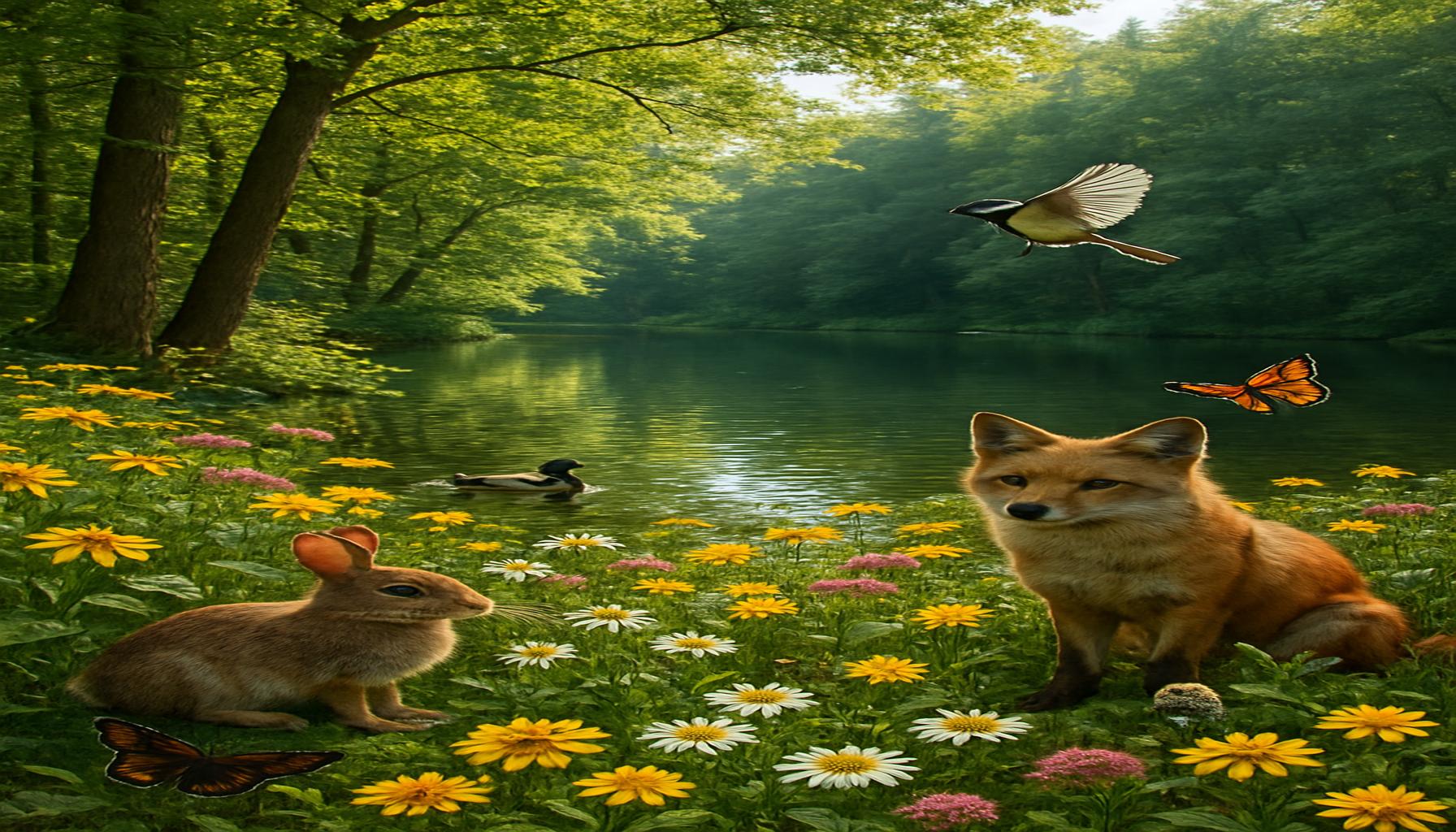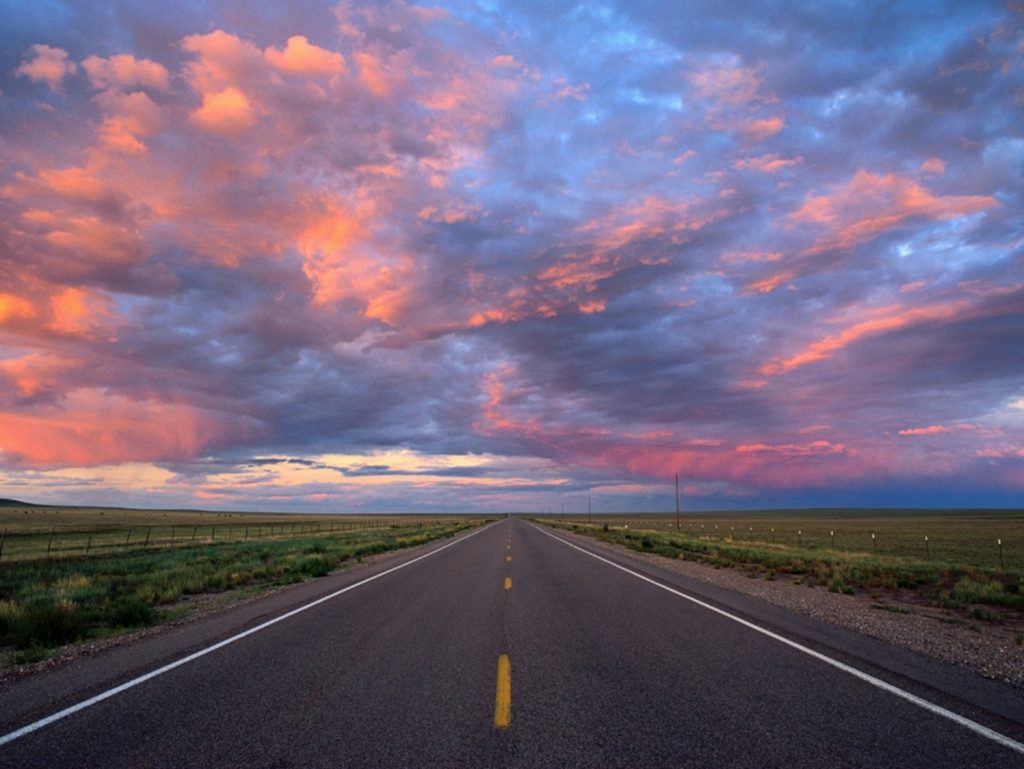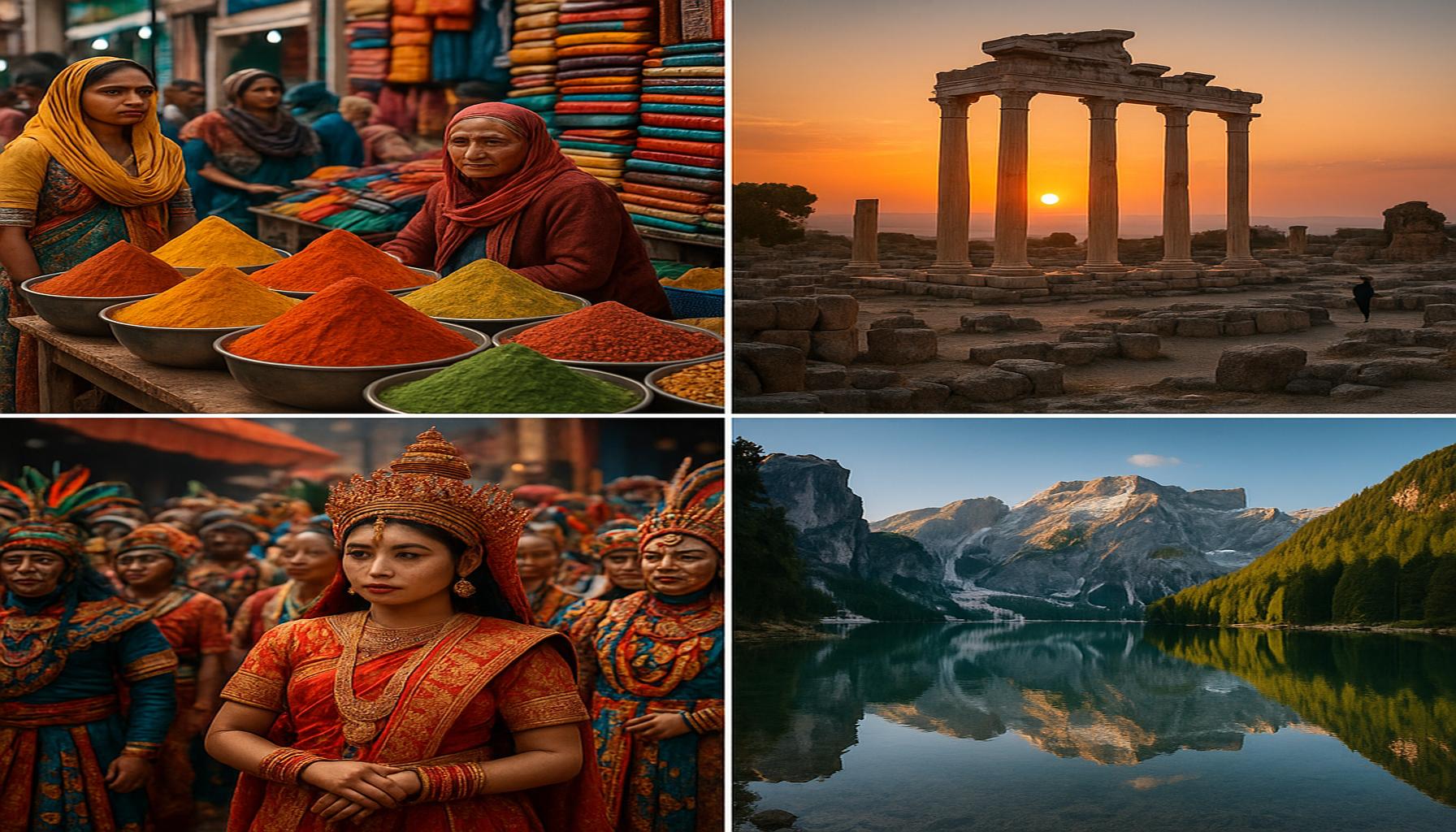Nature Photography: Techniques and Tips for Capturing the Beauty of the Natural World

Unlocking the Potential of Nature Photography
In an age where every stunning sunset and delicate flower can be immortalized with a click, nature photography has become a powerful means of expression. The natural world is rich with inspiration—from soaring mountains shrouded in mist to tranquil lakes reflecting the sky. Each element of nature tells a story, inviting photographers to explore its beauty through the lens of a camera. This article invites you to delve into techniques and tips that can elevate your photography skills, enabling you to capture the breathtaking beauty of the natural environment.
To get started, consider these essential components that will enhance your outdoor photography experience. Understanding the interplay of lighting, composition, and equipment can make a significant difference in the quality of your images.
- Lighting: One of the most critical elements of photography is lighting. The golden hours—early morning shortly after sunrise and late afternoon before sunset—offer the best natural light for stunning photographs. This soft, diffused light enhances colors and reduces harsh contrasts, making landscapes appear almost magical. For instance, capturing a vibrant red-orange sunset reflecting on a calm ocean can create breathtaking visuals that are difficult to replicate at other times of day.
- Composition: Learning the rules of composition can dramatically improve your photographs. The rule of thirds suggests dividing your frame into a grid and placing the main subject along these lines or at their intersections, creating balance and interest. Leading lines, such as a winding river or a path through the woods, can guide the viewer’s eye toward the focal point. Additionally, natural frames provided by trees or archways can add depth and context to your images.
- Equipment: While it’s possible to take impressive nature photos with a smartphone, a DSLR or mirrorless camera can provide greater versatility. Invest in a tripod for stability during long exposure shots, especially in dim lighting conditions like dawn or dusk. Different lenses—such as a wide-angle lens for vast landscapes or a macro lens for close-ups of tiny flowers or insects—are essential in capturing the diverse aspects of nature.
As you delve deeper into this captivating art form, remember some key considerations that can greatly enhance your photography experience.
- Patience: Nature is unpredictable and often requires waiting for that perfect moment—whether it’s a bird taking flight or the perfect reflection in the water. Developing patience can lead to stunning captures that showcase the often fleeting beauty of the outdoors.
- Respect for the environment: As a nature photographer, it’s crucial to follow Leave No Trace principles to protect the landscapes you love. Avoid trampling over delicate ecosystems and be mindful of wildlife; remember, you are a guest in their habitat. Preservation ensures that these stunning locations remain pristine for future photographers and nature enthusiasts.
- Continuous learning: Every outing provides an opportunity to refine your skills and discover new techniques. Engaging in workshops or online classes, as well as studying the works of successful photographers, can expose you to fresh perspectives and innovative methods.
Join us on this journey as we unravel the secrets behind breathtaking nature photography. By embracing these tips and techniques, you can inspire others to explore and appreciate the great outdoors through the captivating lens of your camera.
EXPLORE MORE: Click here to discover your unique writing voice

Essential Techniques for Capturing Nature’s Splendor
To truly capture the essence of nature’s beauty, photographers must employ a combination of technical skills and creative vision. Each element of nature, from expansive vistas to intricate details, invites a unique approach. Here are some fundamental techniques that can help elevate your nature photography to new heights.
- Focus on Depth of Field: The depth of field plays a vital role in determining which elements of your photograph will be in sharp focus. For sweeping landscapes, a greater depth of field is often preferable, ensuring that both the foreground and background remain sharp. Utilizing a smaller aperture (higher f-stop number) can enhance this effect. Conversely, when capturing a close-up of a stunning flower or an insect, a shallow depth of field can effectively isolate the subject from the background, creating a striking visual impact.
- Experiment with Angles and Perspectives: Elevate your images by experimenting with different angles and perspectives. Instead of shooting from eye level, consider kneeling to capture a worm’s-eye view or climbing to an elevated position for a bird’s-eye perspective. This shift in viewpoint can completely transform an ordinary scene into something extraordinary, revealing details that may otherwise be overlooked.
- Utilize Natural Elements: Incorporating natural elements such as leading lines from rivers, roads, or branches can significantly enhance the composition of your images. These elements create pathways that guide the viewer’s eye toward the main subject. When shooting landscapes, incorporating elements like rocks or flowers in the foreground can add depth and context, creating a multi-dimensional feel to the photograph.
A key aspect of successful nature photography involves understanding how to blend creativity with technical proficiency. Here are additional considerations to keep in mind:
- Understand Your Camera’s Settings: Familiarity with your camera’s settings—including ISO, shutter speed, and aperture—is crucial. Knowing how to adjust these settings can help you adapt to changing conditions, such as shifting light or fast-moving subjects. For instance, using a higher shutter speed can freeze the motion of wildlife, while a lower speed might be ideal for capturing the delicate flow of a waterfall.
- Master the Art of Post-Processing: Post-processing is a fantastic way to enhance your photos further. Software like Adobe Lightroom or Photoshop can help you adjust exposure, contrast, and color balance to reflect the scene as you experienced it. However, it’s important to retain the integrity of the image; your goal should always be to showcase nature’s true beauty.
- Seek Out Unique Locations: The United States boasts an incredible variety of natural landscapes, from the iconic national parks of Yellowstone and Yosemite to the serene beauty of the Great Lakes and the rugged coastline of the Pacific Northwest. Exploring lesser-known locations can uncover hidden gems waiting to be captured through your lens.
With these techniques in mind, you are well on your way to unlocking the potential of your nature photography. As you immerse yourself in nature and hone your skills, continue to seek out new opportunities for discovery and inspiration. In the following sections, we will explore more advanced strategies and insights to deepen your understanding of capturing the beauty of the natural world.
Exploring Essential Techniques for Stunning Nature Photography
Capturing the enchanting beauty of the natural world requires not only an eye for detail but also a mastery of various photography techniques. Understanding the principles of light, composition, and timing can significantly enhance your ability to create breathtaking images.
Utilizing Natural Light
One of the most vital elements in nature photography is natural light. The golden hours—shortly after sunrise and before sunset—offer soft, warm lighting that creates stunning landscapes. Photographers should aim to plan their shoots around these times, as the quality of light can dramatically influence mood and texture in images.
Mastering Composition
The composition is another critical aspect. Utilizing the rule of thirds can help frame your subject matter effectively. By placing the focal points off-center, you create a more visually appealing photograph. Incorporate leading lines, such as paths or rivers, to guide the viewer’s eyes throughout the image, inviting them to explore the scene deeper.
Experimenting with Depth of Field
Play with depth of field to achieve stunning effects. Using a wide aperture can produce a blurred background, drawing focus to the subject. Conversely, a smaller aperture increases depth, maintaining clarity in both foreground and background elements, which is particularly useful in expansive landscapes.
Special Gear and Techniques
While a good eye is essential, the right equipment also plays a crucial role in capturing nature’s beauty. A quality camera with a telephoto lens allows for detailed shots of wildlife from a distance, minimizing intrusion into their habitat. Additionally, using a sturdy tripod is vital for stability, especially in low-light situations or when capturing long exposure shots of flowing water or starry skies.
Thinking Like a Wildlife Photographer
To capture wildlife effectively, patience and understanding of animal behavior are key. Familiarize yourself with the habits and habitats of the subjects you wish to photograph. This knowledge enables you to anticipate their movements and be ready with your camera to seize spontaneous moments.
Post-Processing Techniques
Post-processing is equally important in the nature photography workflow. Tools like Adobe Lightroom or Photoshop can enhance colors, correct exposure, and even retouch distracting elements from a photo. However, it is vital to maintain a balance to keep the images looking natural and true to life.By harnessing these techniques and leveraging the right tools, you can significantly improve your nature photography skills. Whether you’re a beginner or an experienced photographer, continuous exploration and practice will lead to capturing the stunning artistry of the natural world with finesse.
DISCOVER MORE: Click here to delve into the therapeutic power of creativity
Advanced Techniques for Elevating Your Nature Photography
Once you’ve grasped the essentials of nature photography, it’s time to delve into more advanced techniques that will not only improve your skills but will also provide a fresh perspective on your photographic endeavors. The world around us is rich with layers of beauty, and with the right methods, you can transform your images into compelling stories. Here are some advanced strategies to enhance your nature photography experience.
- Golden Hours and Magic Moments: Timing is everything in nature photography. The “golden hours”—the hour after sunrise and the hour before sunset—offer soft, diffused light that enhances colors and contrasts, giving your photos a warm glow. Similarly, the “blue hour,” just before sunrise and after sunset, offers beautiful hues of blue that can create enchanting landscapes. Plan your shoots around these times to maximize the potential of your images.
- Long Exposure Techniques: Employing long exposure techniques can yield remarkable results, particularly when capturing dynamic elements like water and clouds. Using a tripod to stabilize your camera, you can experiment with shutter speeds ranging from seconds to minutes. This technique can create a dreamy effect, blurring moving elements while keeping static objects crisply in focus. For instance, waterfalls can appear silky smooth, and storm clouds can take on a more dramatic appearance.
- Macro Photography for Intimate Detail: Nature is full of intricate details often overlooked by the naked eye. Macro photography allows you to focus on small subjects, revealing their beauty in stunning detail—like the delicate patterns on a butterfly’s wings or the unfurling petals of a flower. To enter the world of macro photography, invest in a dedicated macro lens or extension tubes that allow your existing lens to focus at closer distances.
Moreover, to truly capture the pivotal moments in nature, it is crucial to be patient and prepared. Nature photography often requires waiting for the right moment to unfold. Here are additional considerations to keep your photography game strong:
- Wildlife Behavior Observation: Understanding the behavior of wildlife can immensely enhance your opportunities to capture compelling images. Spend time observing animal movements and learning about their habits. Knowing when animals are most active—like dawn for deer or dusk for birds—can lead to successful wildlife photography sessions.
- Weather Conditions as Allies: Don’t shy away from inclement weather; in fact, embrace it. Dramatic skies, rain, fog, and even snow can add mood and depth to your photographs. Stormy skies can enhance landscapes, while mist can create ethereal atmospheres. Always have your camera gear ready for unexpected weather, as this is often when the most breathtaking images are captured.
- Incorporate Human Elements: Adding a human element in your photographs can create a sense of scale and connection to the natural world. Including a hiker, a canoeist, or simply a person enjoying a scenic view can tell a story that resonates with viewers. It invites them to imagine their own experiences within that space.
As you explore these advanced techniques, remember that experimentation and creativity are key. Each experience in nature is unique, and your photographs can reflect your personal journey. The more you practice and embrace new methods, the more your style will develop, helping you to authentically capture the breathtaking beauty of the natural world.
EXPLORE MORE: Click here to unleash your creativity
Conclusion: Embracing the Art of Nature Photography
As we conclude our exploration of nature photography, it’s evident that the art of capturing the beauty of the natural world encompasses much more than simply pointing and shooting a camera. By employing a blend of fundamental techniques and advanced strategies, such as understanding lighting, weather conditions, and utilizing macro and long exposure photography, you can create images that resonate with depth and emotion.
Importantly, the essence of great nature photography lies in your connection to the environment. This connection fosters a deeper appreciation for the intricate details of wildlife and landscapes, transforming each shot into a unique narrative. Observing animal behavior and embracing challenging weather can lead to stunning, unexpected results. Remember, patience is a virtue; the best images often require you to wait for that perfect moment to unfold.
Furthermore, integrating human elements into your compositions not only provides a sense of scale but also invites viewers to relate to the natural scenes captured. As you venture into the wilderness with your camera, strive to tell a story that reflects your experiences and emotions, thus inviting others to engage with the beauty of nature from a personal perspective.
In conclusion, nature photography is an ongoing journey of creativity and discovery. With each shot you take, you’re not just capturing an image; you’re documenting moments in our ever-changing world. So, pack your gear, venture out into the wild, and let the beauty of nature inspire you to create breathtaking photographs that will encourage others to appreciate and protect our precious environment.


